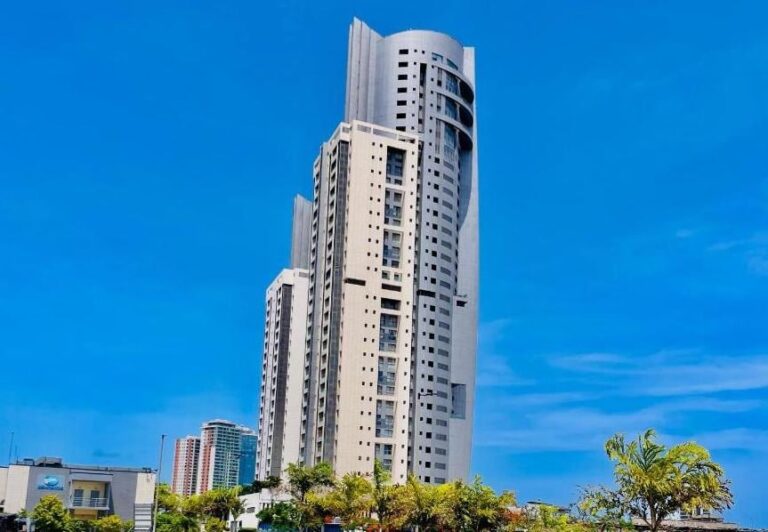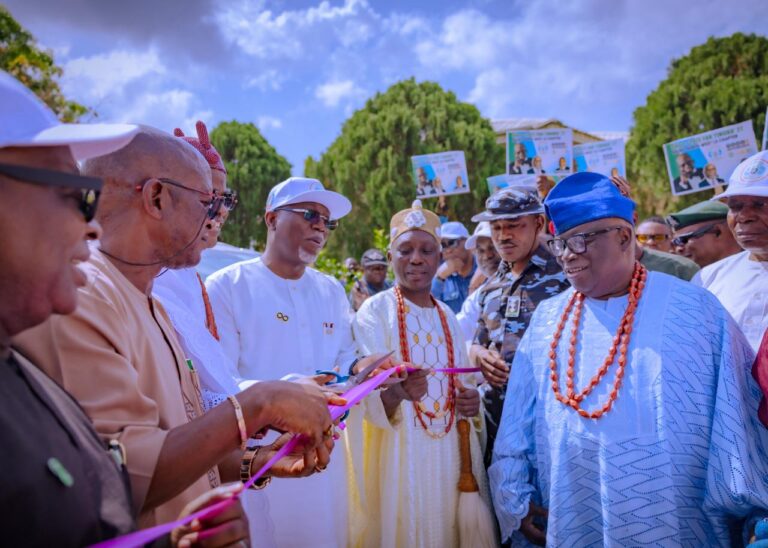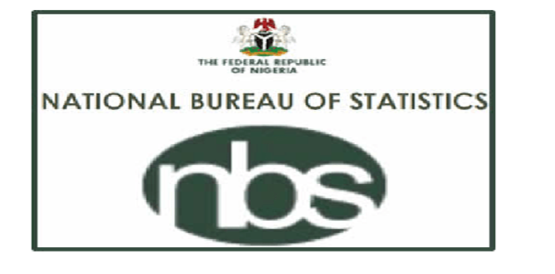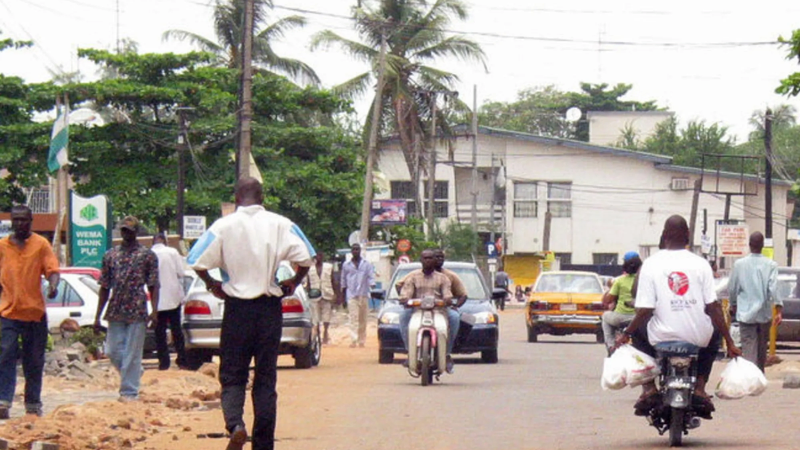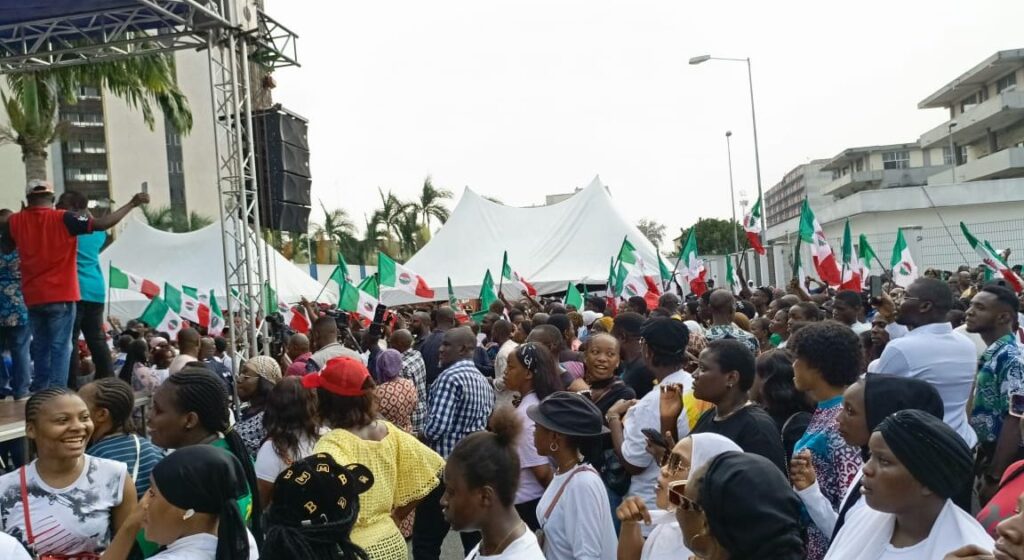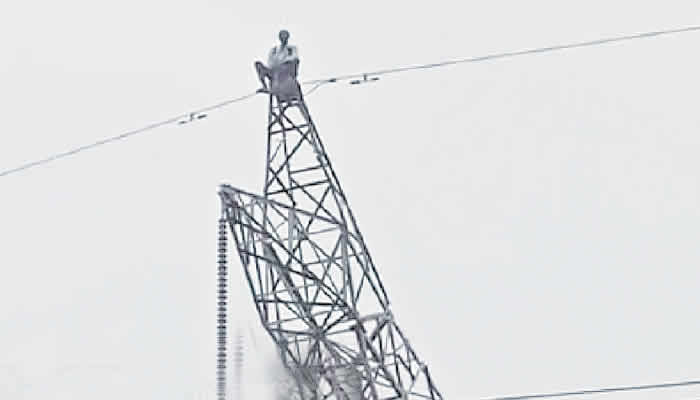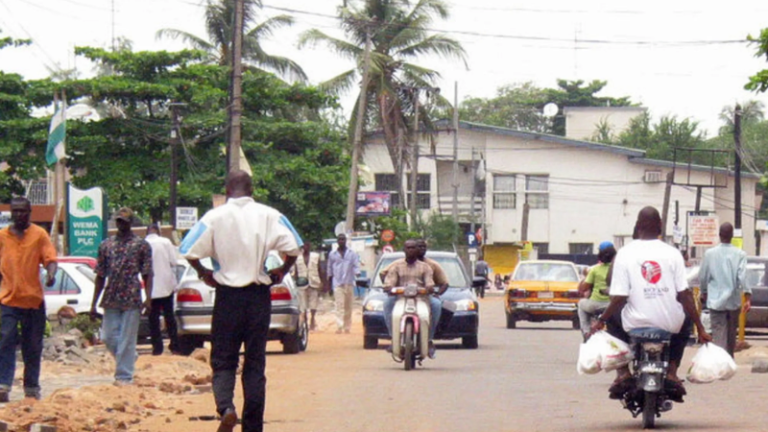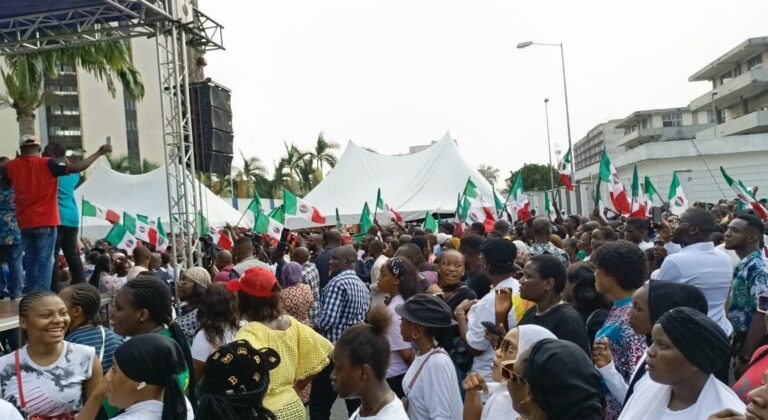The National Bureau of Statistics (NBS) reported yesterday that the country’s unemployment rate increased to 4.3 per cent in the second quarter of 2024. This is an increase of 0.1 per cent compared to the same period last year.
In the period under review, the unemployment rate among persons with upper secondary education stood at 8.5 per cent in Q2 2024, while the unemployment rate among youths aged (15- 24 and 25-34 years) stood at 6.5 per cent. The NBS defined the unemployment rate as the share of the labour force not employed but actively searching for and available for work.
The unemployment rate among males was 3.4 per cent and 5.1 per cent among females. By place of residence, the unemployment rate was 5.2 per cent in urban areas and 2.8 per cent in rural areas.
The youth unemployment rate was 6.5 per cent in Q2 2024, showing a decrease from 8.4 per cent in Q1 2024. Urban unemployment stood at 5.2 per cent in Q2 2024, compared with 6 per cent in Q1 2024, while unemployment in the rural areas was 2.8 per cent, down from the 4.3 per cent recorded in Q1 2024. The NBS put the share of those in wage employment at 14.4 per cent in Q2 2024, a marginal decrease from the 16 per cent recorded in Q1 2024.
According to the agency, the rate of informal employment (share of employed persons working in the informal sector and informal employment, including agriculture) in Q2 2024 was 93.0 per cent, a slight increase from the rate reported in Q1 2024, 92.7 per cent. The rate of informal employment among people living in rural areas was 97.5 per cent while urban informal employment was estimated at 90 per cent.
Similarly, the time-related underemployment rate, the share of employed people working less than 40 hours per week and declaring themselves willing and available to do more hours of work in Q2 2024 was 9.2 per cent, inducting a decline compared to the rate recorded in Q1 2024, which was 10.6 per cent.
In terms of employment to population ratio, in Q2, 2024, 76.1 per cent of Nigeria’s working-age population was employed, up from 73.1 per cent in Q1 2024.
If it is disaggregated by sex, the employment-to-population ratio stood at 77.2 per cent for males and 75 per cent for females in Q2, 2024. The NBS said: “The employment-to-population ratio in urban areas was 73.2 per cent and 80.8 per cent in rural areas in Q2 2024.
“This is an increase in the ratio compared to the 69.5 per cent and 78.9 per cent in Q1 2023 respectively.” In terms of employment status, the proportion of persons in self-employment in Q2 2024 was 85.6 per cent. The NBS’ survey findings showed a decrease in the share of employed persons primarily engaged as employees between Q2 2024 (14.4 per cent) and Q1 2023(16.0 per cent).
It said: “The self-employment rate among females was 88.3 per cent while males was 82.2 per cent. “Disaggregation by place of residence, the rate of self employed persons in rural areas was 94.3 per cent and 79.7 per cent in urban areas.”

